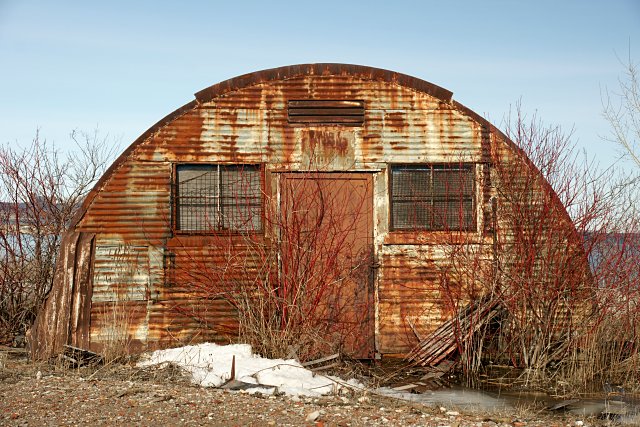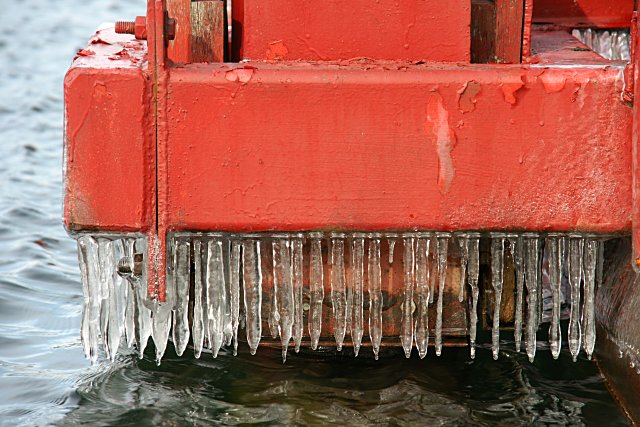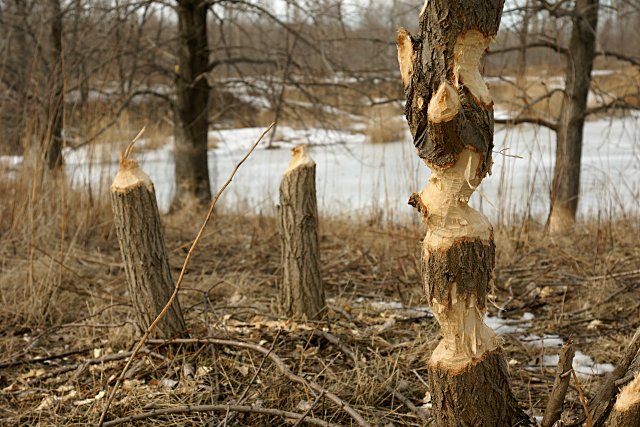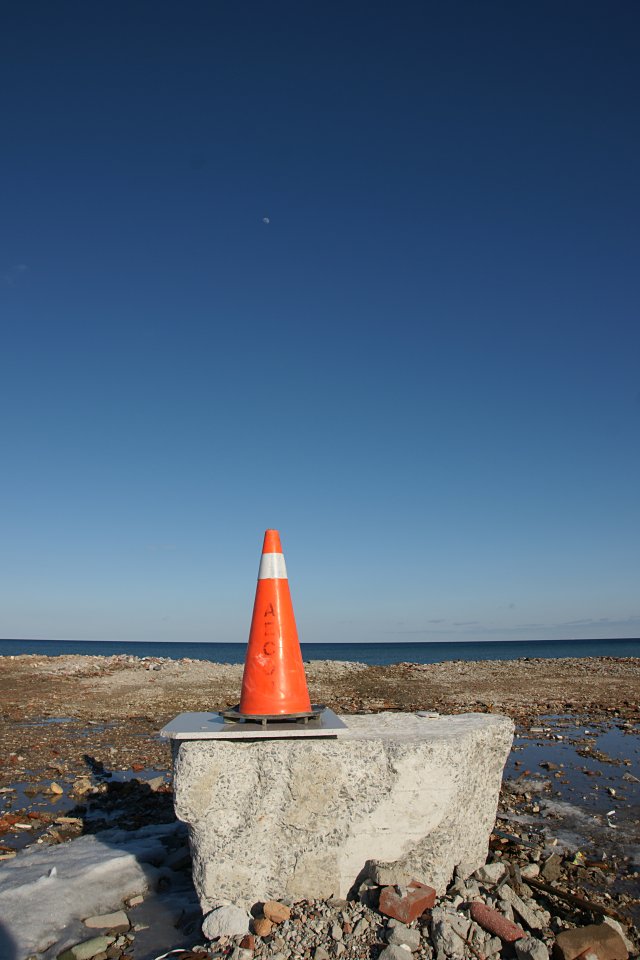
One of the benefits of owning a domain (like valdodge.com) is that you can easily create individual email addresses for every company you do business with, contest you enter, or form you fill out. In the seven or so years since I started doing this, I’ve amassed over 660 unique email addresses for companies and organizations I deal with. It may sound unwieldy, but it’s quite transparent in use; all mail comes into a single mailbox and can be easily filtered. Best of all, when I receive a “special offer” from someone I don’t know, it’s easy to tell how they got my address. It’s also quite easy to simply delete an address (and thus any spam that may go with it) when it’s no longer needed.
One of the things that chaps my ass the most is companies I deal with on a regular basis that suddenly start sending me spam or “monthly newsletters” after years of being well-behaved. Into that category now falls the Toronto Star. I’m not singling the Star out for sending me spam, but for outright lying about their “opt-in” list. I started receiving contest entries and “marketing mail” from the Star about six weeks ago, and have since received five messages. That’s definitely not a lot, but it’s five more than I’ve received in all of the previous years that the Star has had my (unique to them) email address. This kind of thing usually indicates that an overzealous marketing department has decided that although I checked the “don’t email me” box a few months/years ago, surely I didn’t realize what I was doing and don’t still want to miss out on all of the fun and adventure of receiving their spam. After all, their marking crap is so much cooler and more desirable than the marketing crap I usually get.
 So I logged into the account manager to see if maybe I’d “forgotten” to opt out of receiving crap from the Star. And guess what? Not only had I not “forgotten,” but they even declare right on the account manager page that I’m “not receiving” spam from them. Well, that’s news to me.
So I logged into the account manager to see if maybe I’d “forgotten” to opt out of receiving crap from the Star. And guess what? Not only had I not “forgotten,” but they even declare right on the account manager page that I’m “not receiving” spam from them. Well, that’s news to me.
So congratulations, Toronto Star, on joining the ever-growing ranks of companies that lie to their customers for the sake of padding an eyeball count. Do you really think that pissing off your customers is a good thing? Apparently you do.
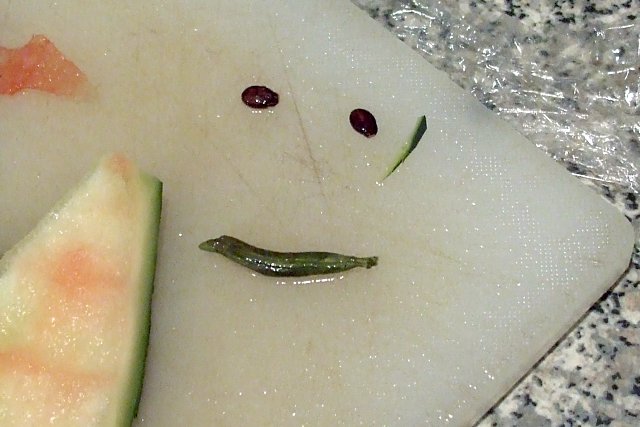

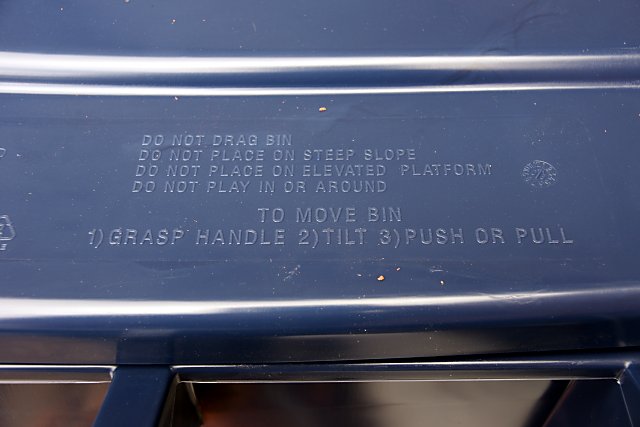
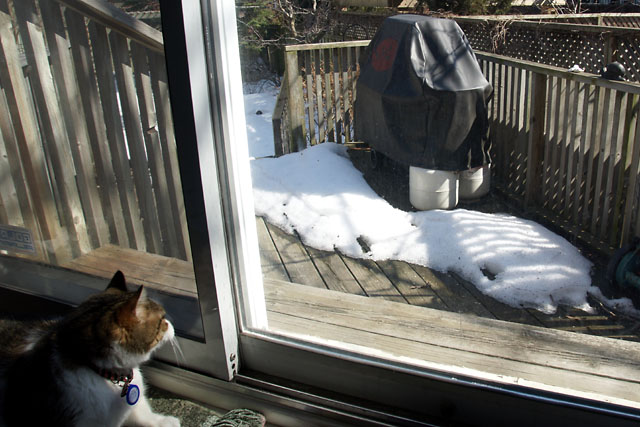
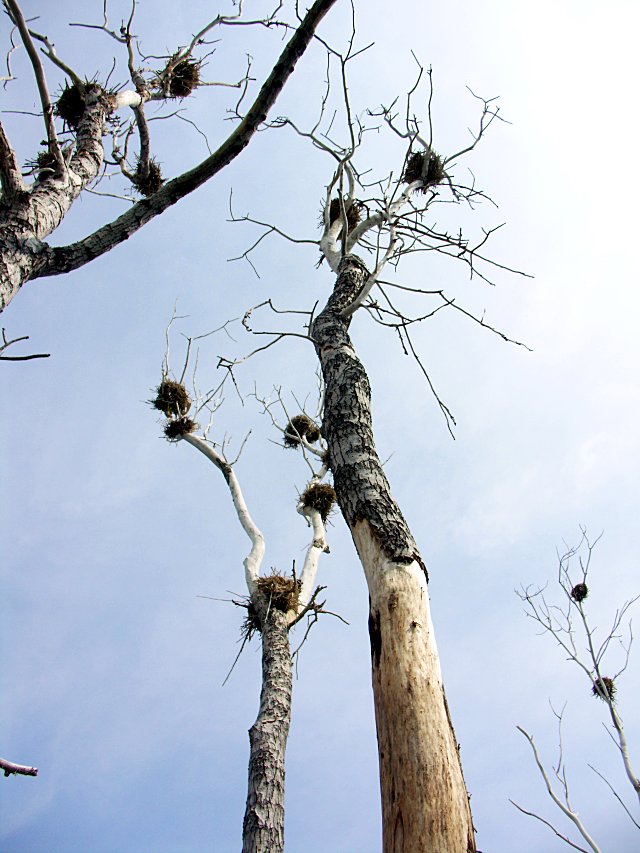

 So I logged into the
So I logged into the 